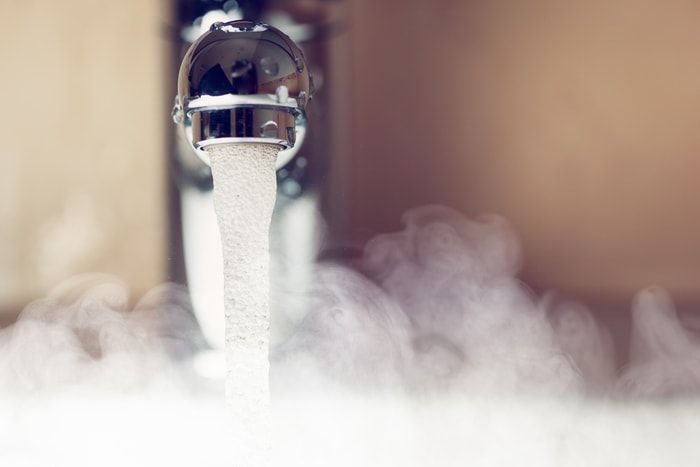A clean work environment is crucial to both workers and products, no matter the industry. This extends to the workplace’s indoor air quality (IAQ). Airborne contaminants, from smoke and dust to bacteria and mold, put workers’ health at risk and can damage equipment or spoil products. As a worker or employer, learn how to spot the signs of poor IAQ and what to do about it, and you’ll soon know the difference that fresh air can make.
IAQ Risk Factors
Poor air quality can arise from a number of factors, not all of them directly related to pollutants being introduced or created indoors. The EPA identifies a number of primary risk factors for harmful IAQ, including:
- Use of tobacco products
- Certain building materials or installations, particularly asbestos-based insulation
- Excess moisture
- Poorly-maintained fuel-burning appliances
- Outdoor pollutants like radon or exhaust
Many common workplace items and appliances give off air pollutants as well, such as solvents from cleaners or ozone from photocopiers. While these don’t necessarily produce health hazards from regular use, poor indoor ventilation allows pollutants to concentrate and reach unsafe levels. This phenomenon, often called “tight building syndrome”, occurs frequently in office buildings due to vents blocked by equipment, air circulation cut off by excessive partitioning or “sealed” building design intended to reduce energy overhead costs.
“Sterile” Versus “Clean” Air
In the food, beverage and pharmaceutical industries, IAQ requires special attention beyond other worksites. Conventional air filtration systems focus on removing dirt, dust, smoke, excess moisture, etc. from the air. However, when working with food or medical products, airborne microorganisms are a more primary concern. The problem becomes more pronounced because air compressors often used in HVAC systems can produce moisture that gives microorganisms an ideal environment. This is what leads to the distinction of “sterile” air as opposed to “clean” air—the need for best practices specifically designed to remove airborne microorganisms. Purchasing sterile air filters VA is a major aspect of this, as well as using dryer or dehydrator equipment to make the air unsuitable for bacterial growth.
Identify IAQ Issues
Recognizing the risk factors for poor air quality, or its effects on health, requires effort and cooperation from employers and workers. Employers should maintain health records of workers and review them on a regular basis, as symptoms caused by poor IAQ manifest over time. Workers, in turn, should be equipped and encouraged to discuss health matters with co-workers and employees. If indoor air pollutants are suspected, the employer needs to conduct air monitoring tests to find evidence of them. OSHA standards outline what acceptable IAQ conditions are for the workplace.
Workers have the right to a safe work environment, and that includes fresh air. Collaborate with each other and with employers to ensure your safety.




